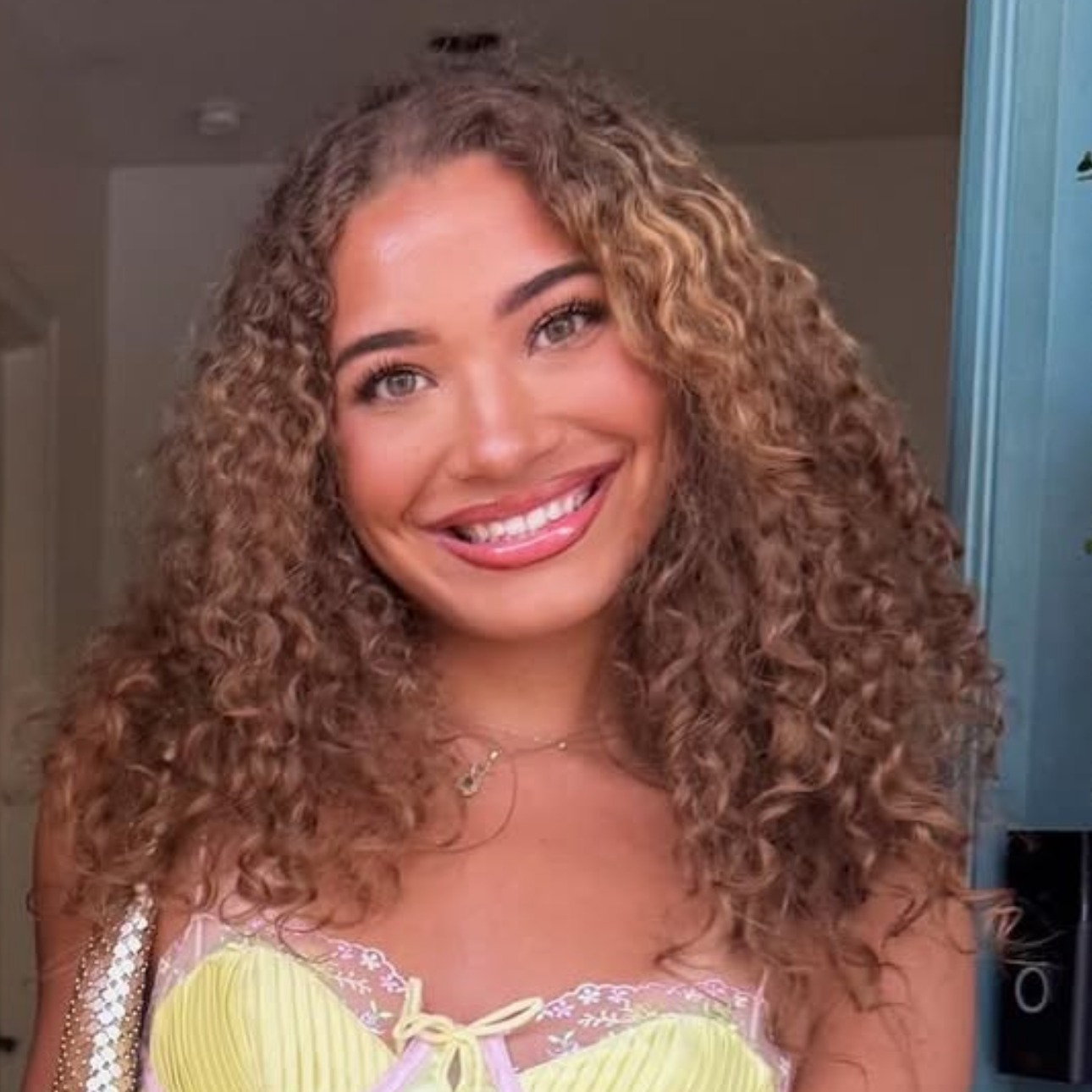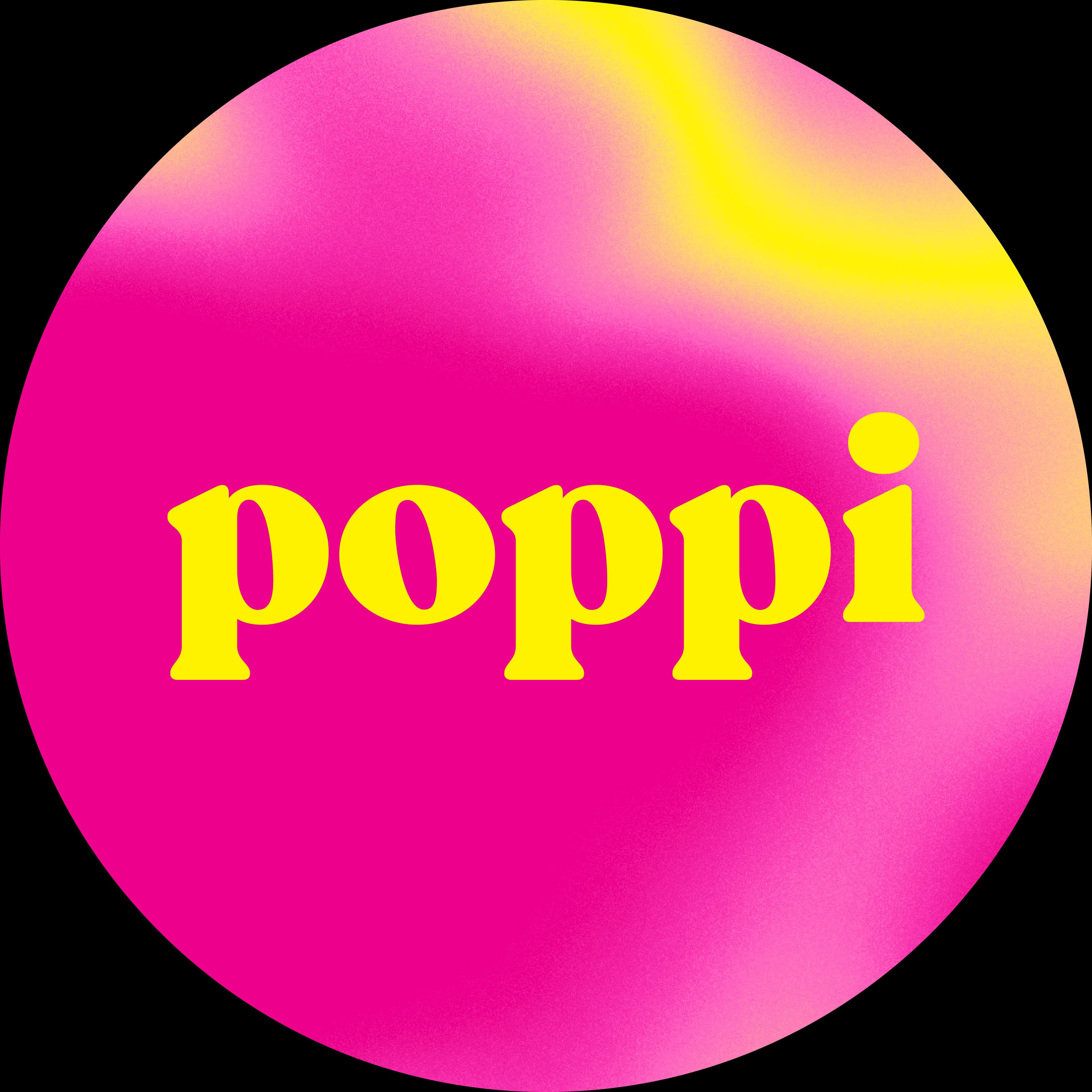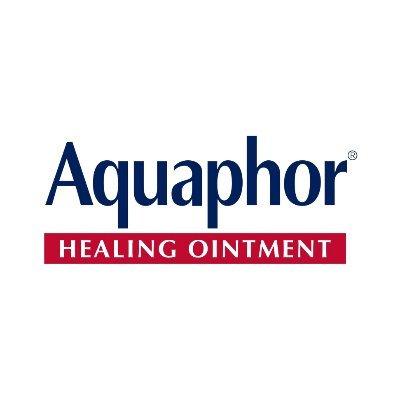GIG Work on H\FC
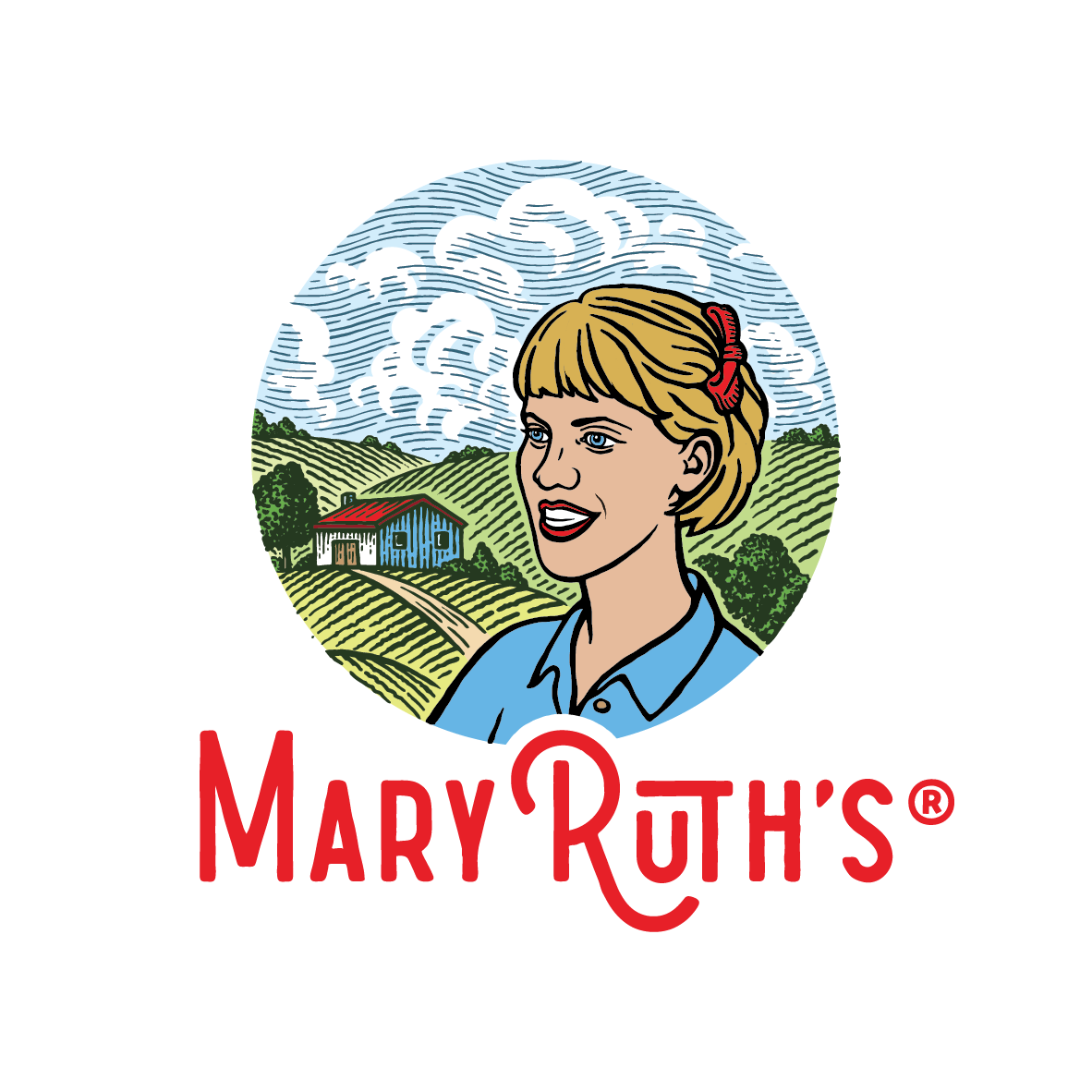
Tik Tik Story intro
MaryRuth's
excited to start!
My Portfolio
Interview Questions
Barebells USA
Barebells Campus Brand Ambassador USA
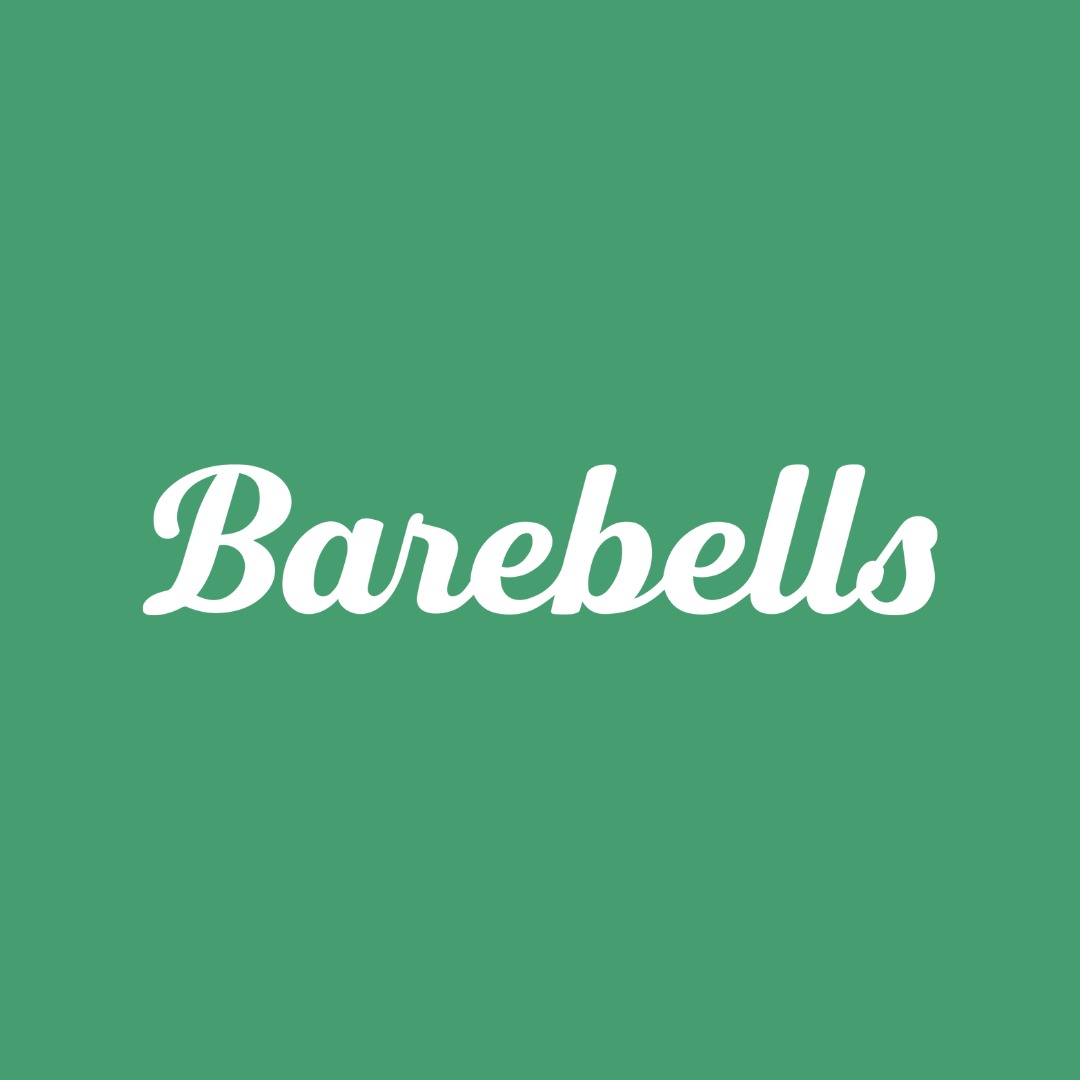
How would you engage an audience to try Barebells products?
I would engage an audience to try Barebells products by combining in-person interaction with authentic digital content. I have experience passing out products and genuinely love connecting with people face-to-face—whether that’s on campus, at events, or in social settings. I’m outgoing, approachable, and comfortable starting conversations, which makes it easy to introduce Barebells in a fun, natural way and get people excited to try it. Alongside that, I consistently create engaging content that shows products in real life. I focus on making content that feels organic,grabbing a Barebells bar between classes, after a workout, or during a busy day,so it resonates with students.
Barebells USA
Barebells Campus Brand Ambassador USA

Why do you think you would be a great fit as a Barebells Brand Ambassador?
I would be a great fit as a Barebells Brand Ambassador because I already authentically live the brand. Barebells protein bars are a staple in my daily routine.I eat them all the time, whether it’s between classes, after workouts, or when I need something quick but still satisfying. I genuinely love the taste and how they make hitting protein goals feel effortless, which makes sharing the brand feel natural rather than forced.
Vanicream Sensitive Skin Care
Vanicream Campus Brand Ambassador
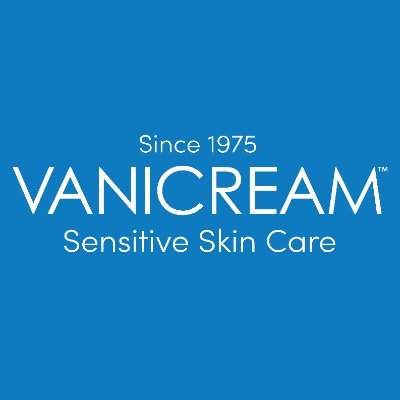
Are you part of any clubs or organizations? If yes, Which ones?
delta gamma, ole miss wellness society, women in buisness. entrepreneurship society, the pantry, bible study

